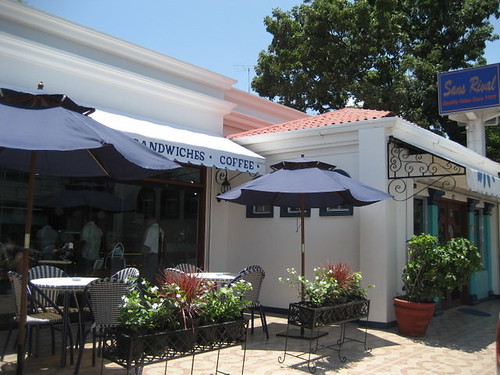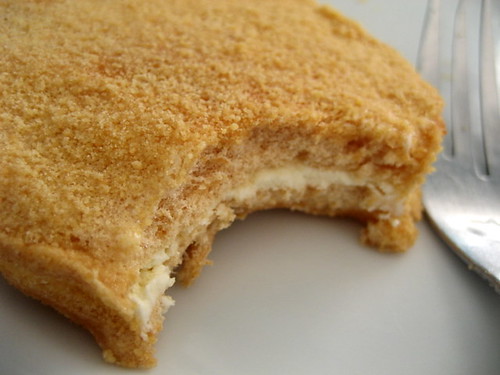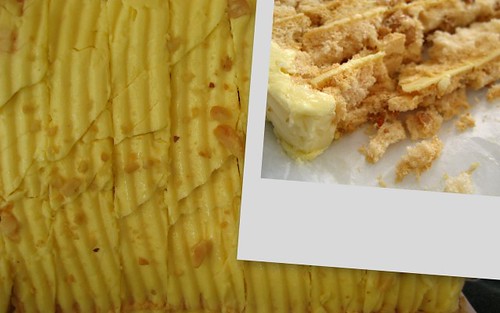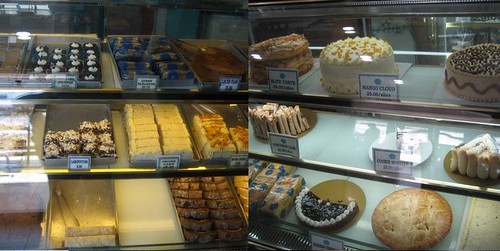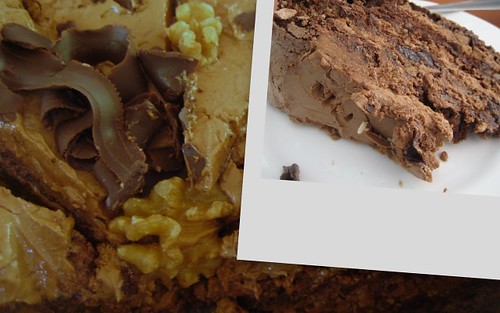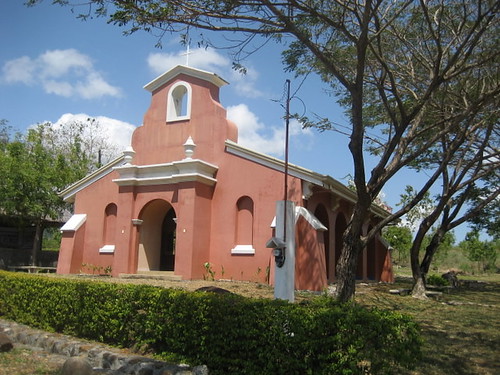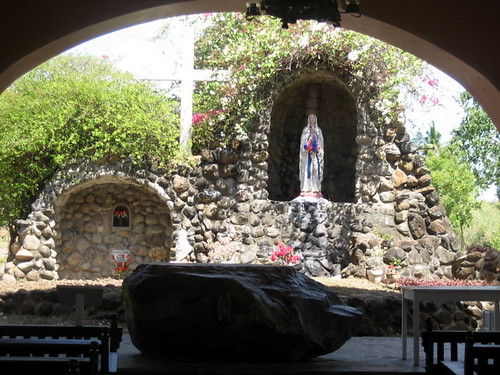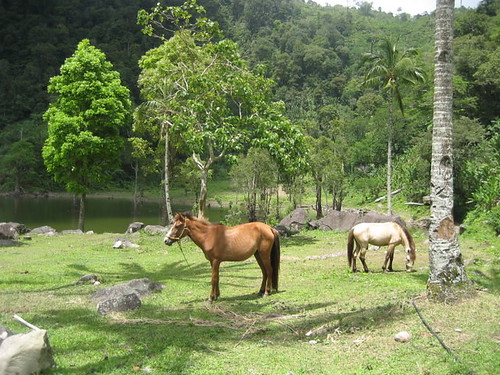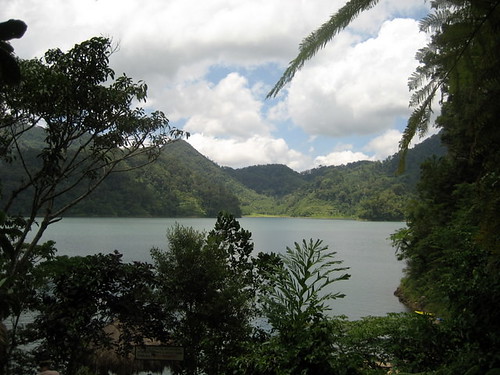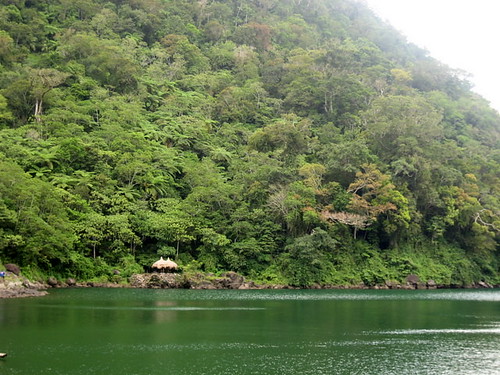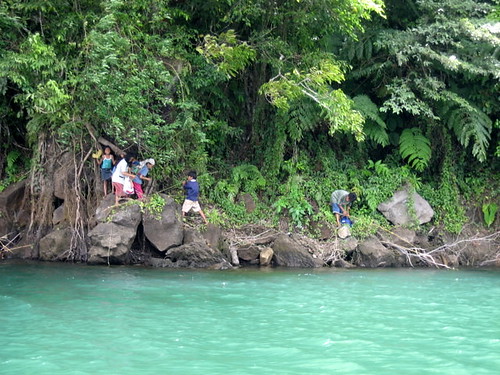Lasang Pinoy (lasa meaning taste and Pinoy is slang for Filipino) is a Filipino food blogging event that was launched in Aug. of 2005. Since it's inception, LP has been successful at setting the stage for promoting Filipino cuisine and ingredients native to this country, as well as providing a venue for the sharing of ideas and discoveries related to Filipino food. Though this is my first time to contribute to LP, I have eagerly followed many of the past events and round-ups.

This month's LP is all about vegetables or gulay in our native tongue, and is hosted by Toni of Wifely Steps. For those who aren't familiar with the expression, "Oh my gulay!" is a Taglish (Tagalog+English) version of "Oh my God!", "Oh my gosh!" or "Oh my goodness!". I may be wrong and may be speaking only for myself when I say that I think our Taglish version was born out of the fear of taking the Lord's name in vain. We were always scolded and admonished by our elders when we did, so when shouting it out in front of them, we grab hold of ourselves at the last minute and make that crucial switch to "Oh my G-gulay!!!"
According to Jeffrey Steingarten in The Man Who Ate Everything, we are omnivores by destiny and food aversions are not something we are born with but something that is learned. A food aversion is no different from a phobia or fear which can only be overcome by exposure. The more we are exposed to something at moderate amounts and at regular intervals, the sooner we conquer the aversion. Steingarten asserts that "most babies will accept nearly anything after eight or ten tries." (So don't give up, moms!) I think he is definitely on to something here.
Now I love vegetables big time but I didn't always like kalabasa or squash, in fact I hated it as a kid almost as much as I hated ampalaya (aka bitter gourd, bitter melon or amargoso). And because I was never forced to eat it, I didn't. But you see, when I was growing up I idolized my older sisters. I worshipped the ground they walked on and I wanted to be like them in every way. So I followed them around, mimicking their movements, their fashion sense and their expressions. What I didn't realize was that I was also unconsciously taking on their likes and dislikes.So when one day I noticed my sister Ginny eating kalabasa during lunch, I did a double-take. But-but we both hated kalabasa!? What is she doing? I was confused and even felt slightly betrayed. Ugh! Now I have to eat kalabasa too!? I barely remember how I liked it the first time because I was pinching my nose throughout the ordeal. On the second try, I had to admit it wasn't half bad. On what was probably my fifth encounter with kalabasa, I could taste the beginnings of an amicable relationship which gradually evolved into a full-blown love affair. Steingarten and those scientists were right! And if it weren't for my crazy sibling idolatry, maybe I still wouldn't be enjoying those creamy pumpkin soups today or those nice roasted butternut squashes, or even this dish below.
This is something I learned to make while still living abroad and craving home-cooked Filipino food. It is a modified version of a recipe I had found online many years ago, and in which I originally used butternut squash. It is not your usual ginataang kalabasa (squash in coconut milk), it has a pinkish hue from the tomato paste and the chili gives it a nice punch. But it's still smooth and creamy and flavorful like mom's. If you like squash and you like things cooked in coconut, I guarantee you will love this.
Squash & Shrimp in Coconut MilkGinataang Kalabasa't Hipon
1 cup chicken broth
1 1/2 tsps brown sugar
2 tsps tomato paste
1 tsp chili flakes
1 can coconut milk (I used Nestle coco evap this time)
2 cups squash, cubed
1/2 kg shrimp, peeled and deveined
1 tsp patis or fish sauce (optional)
Mix together the chicken broth, brown sugar, tomato paste, chili flakes and coconut milk in a saucepan. Add the squash and bring to a boil. Slow it to a simmer then season lightly with salt and pepper, simmering until squash is tender. About 15 minutes or so. Throw in the shrimp and calamansi juice and continue simmering until shrimp is cooked.
Best served with steamed white or brown rice.
Check out the other delicious entries on the LP 18: Oh My Gulay! round-up here.
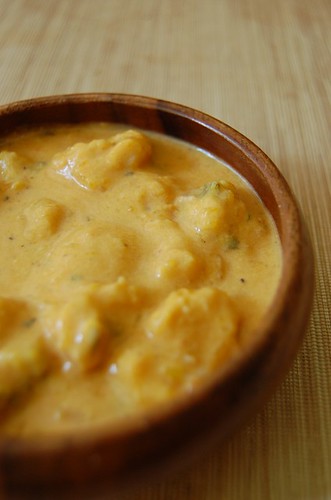



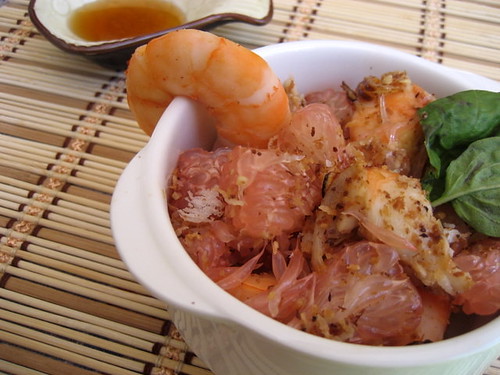


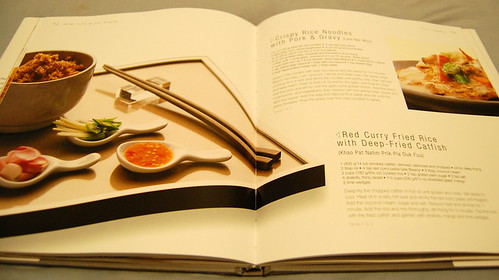


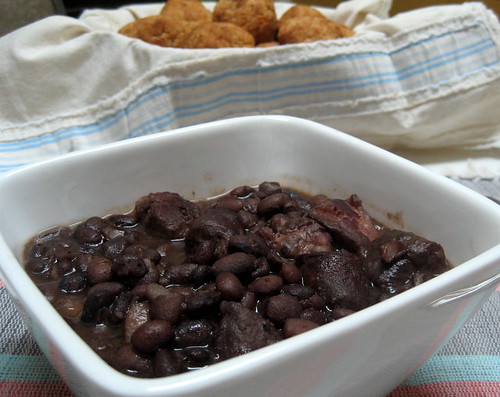
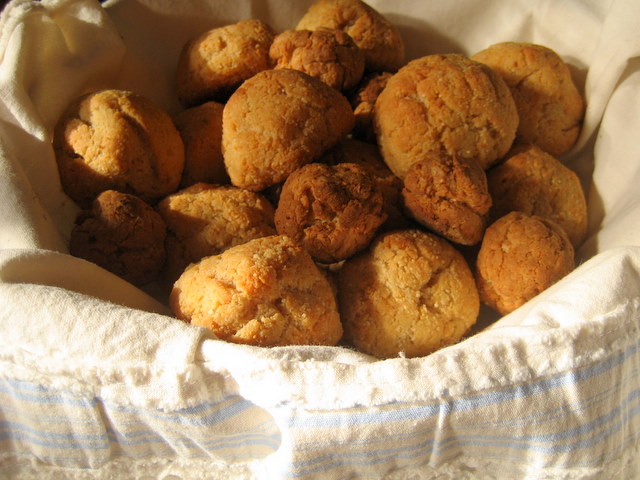
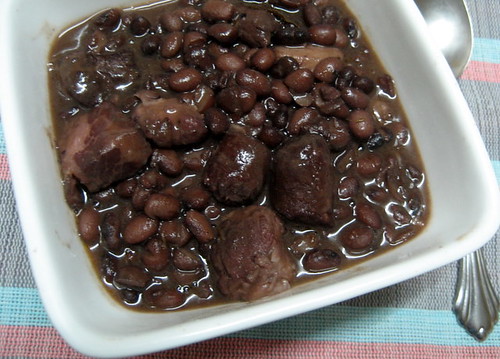




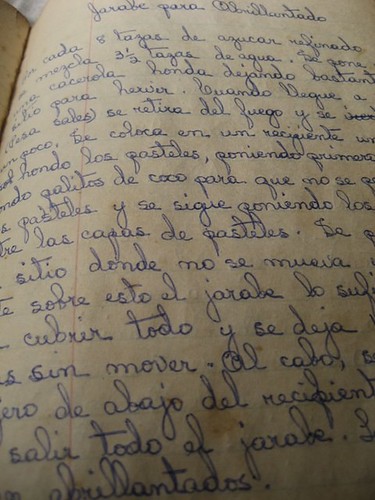


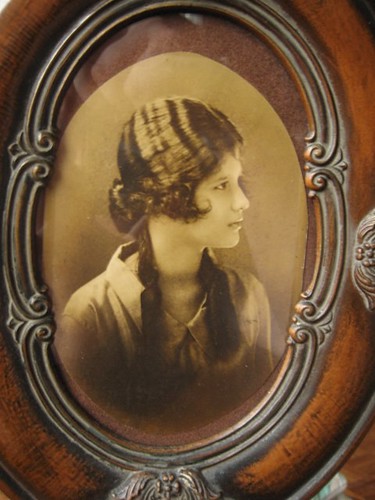
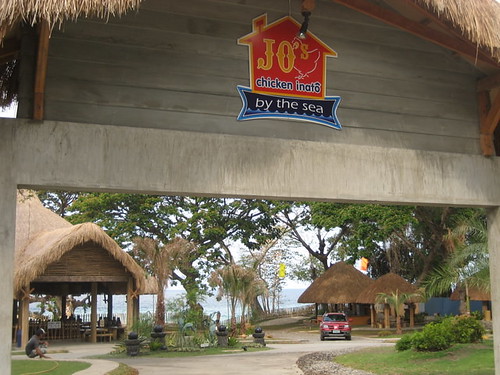
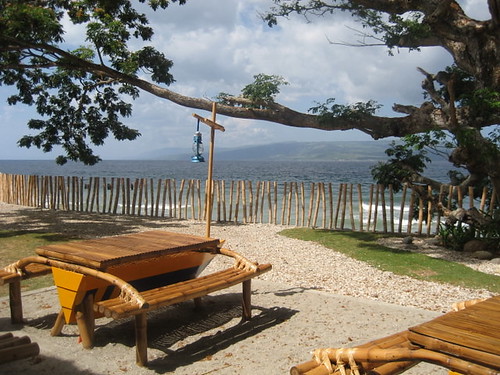
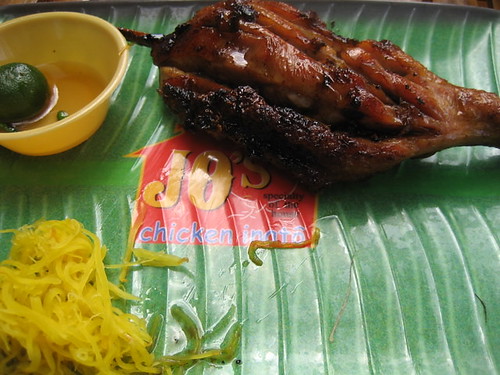





 Picnicking and swimming in the river was something we did a lot of when I was younger. This is one of life's most simple of pleasures, a back-to-basics activity that is so rewarding and enjoyable. We didn't need much, a small basket with basic picnic fare, a cooler for our drinking water and sodas and Mother Nature.
Picnicking and swimming in the river was something we did a lot of when I was younger. This is one of life's most simple of pleasures, a back-to-basics activity that is so rewarding and enjoyable. We didn't need much, a small basket with basic picnic fare, a cooler for our drinking water and sodas and Mother Nature. On the morning of Easter Sunday, Basil (my grandmother's loyal cook) and my aunt prepared a
On the morning of Easter Sunday, Basil (my grandmother's loyal cook) and my aunt prepared a 



